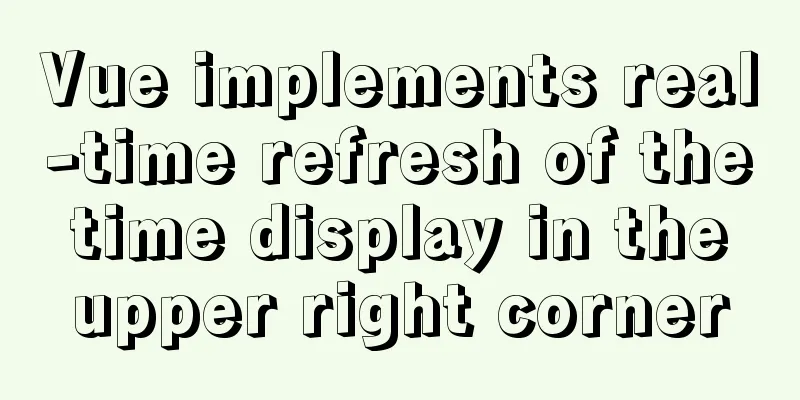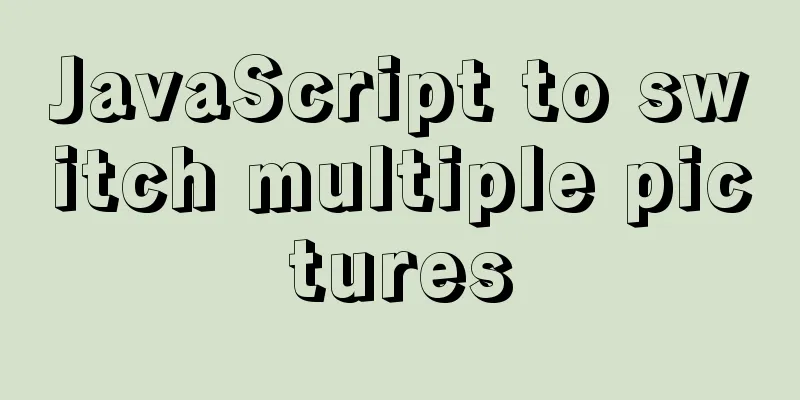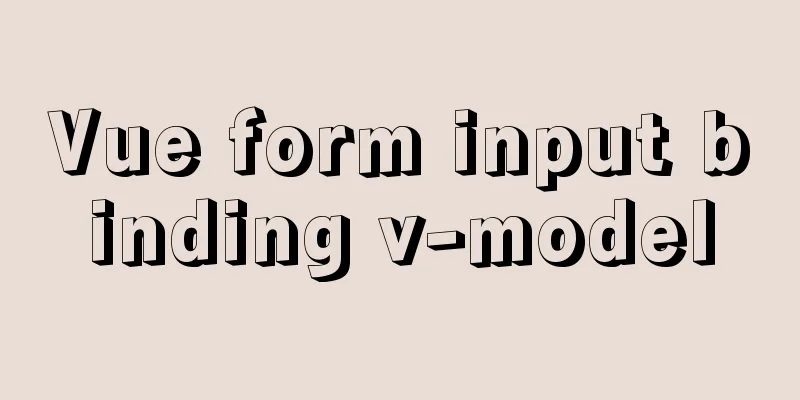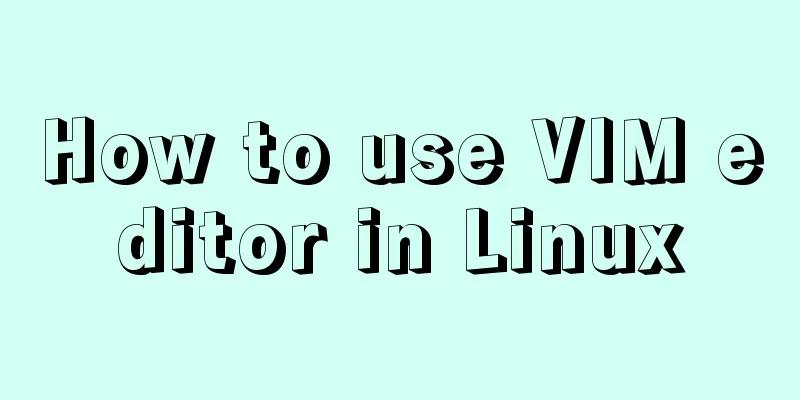Detailed explanation of Vue's self-implementation of dispatch and broadcast (dispatch and broadcast)

Problem to be solvedMainly for cross-level communication between components Why do you need to implement dispatch and broadcast yourself?Because when developing independent components or libraries, it is best not to rely on third-party libraries Why not use provide and inject? Because its usage scenario is mainly for sub-components to obtain the status of parent components, an active provision and dependency injection relationship is established between cross-level components. The code is as follows: emitter.js
function broadcast(componentName, eventName, params) {
this.$children.forEach(child => {
const name = child.$options.name;
if (name === componentName) {
child.$emit.apply(child, [eventName].concat(params));
} else {
// todo If params is an empty array, it will receive undefined
broadcast.apply(child, [componentName, eventName].concat([params]));
}
});
}
export default {
methods: {
dispatch(componentName, eventName, params) {
let parent = this.$parent || this.$root;
let name = parent.$options.name;
while (parent && (!name || name !== componentName)) {
parent = parent.$parent;
if (parent) {
name = parent.$options.name;
}
}
if (parent) {
parent.$emit.apply(parent, [eventName].concat(params));
}
},
broadcast(componentName, eventName, params) {
broadcast.call(this, componentName, eventName, params);
}
}
};
parent.vue
<template>
<div>
<h1>I am the parent component</h1>
<button @click="handleClick">Trigger event</button> <child />
</div>
</template>
<script>
import Emitter from "@/mixins/emitter.js";
import Child from "./child";
export default {
name: "componentA",
mixins: [Emitter],
created() {
this.$on("child-to-p", this.handleChild);
},
methods: {
handleClick() {
this.broadcast("componentB", "on-message", "Hello Vue.js");
},
handleChild(val) {
alert(val);
}
},
components:
Child
}
};
</script>
child.vue
<template>
<div>I am a child component</div>
</template>
<script>
import Emitter from "@/mixins/emitter.js";
export default {
name: "componentB",
mixins: [Emitter],
created() {
this.$on("on-message", this.showMessage);
this.dispatch("componentA", "child-to-p", "hello parent");
},
methods: {
showMessage(text) {
window.alert(text);
}
}
};
</script>In this way, cross-level component custom communication can be achieved. However, one problem should be noted: subscription must precede publishing, that is, on must come before emit. Parent-child component rendering order, instance creation order The child component is rendered before the parent component, so when the mounted event of the child component is dispatched, it cannot be heard in the mount in the parent component. This is the end of this article about Vue's self-implemented dispatch and broadcast (dispatch and broadcast). For more relevant Vue dispatch and broadcast content, please search 123WORDPRESS.COM's previous articles or continue to browse the following related articles. I hope everyone will support 123WORDPRESS.COM in the future! You may also be interested in:
|
<<: How to change the root password in MySQL 5.7
>>: How to implement remote automatic backup of MongoDB in Linux
Recommend
JavaScript Basics: Error Capture Mechanism
Table of contents Preface Error Object throw try…...
Implementation of VUE infinite level tree data structure display
Table of contents Component recursive call Using ...
SQL Optimization Tutorial: IN and RANGE Queries
Preface "High Performance MySQL" mentio...
5 things to note when writing React components using hooks
Table of contents 01. Use useState when render is...
Detailed explanation of the decimal padding problem of decimal data type in MySQL
Preface During the development process, we often ...
How to use VUE to call Ali Iconfont library online
Preface Many years ago, I was a newbie on the ser...
CSS to achieve pop-up window up and down center left and right and transparent background lock window effect
There is a simple CSS method to realize the pop-u...
Web design reference firefox default style
Although W3C has established some standards for HT...
Problem with resizing tables using relative widths
<tr> <th width="12%">AAAAA&l...
How to make if judgment in js as smooth as silk
Table of contents Preface Code Implementation Ide...
MYSQL transaction tutorial Yii2.0 merchant withdrawal function
Preface I am a PHP programmer who started out as ...
Several scenarios for using the Nginx Rewrite module
Application scenario 1: Domain name-based redirec...
How to install MySQL for beginners (proven effective)
1. Software Download MySQL download and installat...
MySQL 5.6.33 installation and configuration tutorial under Linux
This tutorial shares the installation and configu...
MySQL 8.0.17 winx64 (with navicat) manual configuration version installation tutorial diagram
1. Download address: mysql-8.0.17-winx64 Download...









